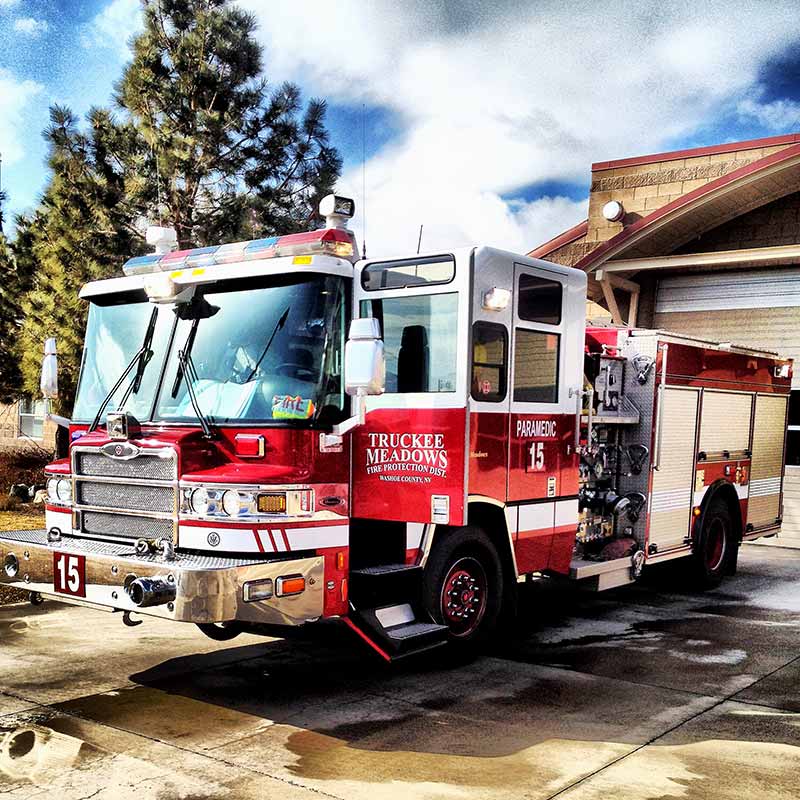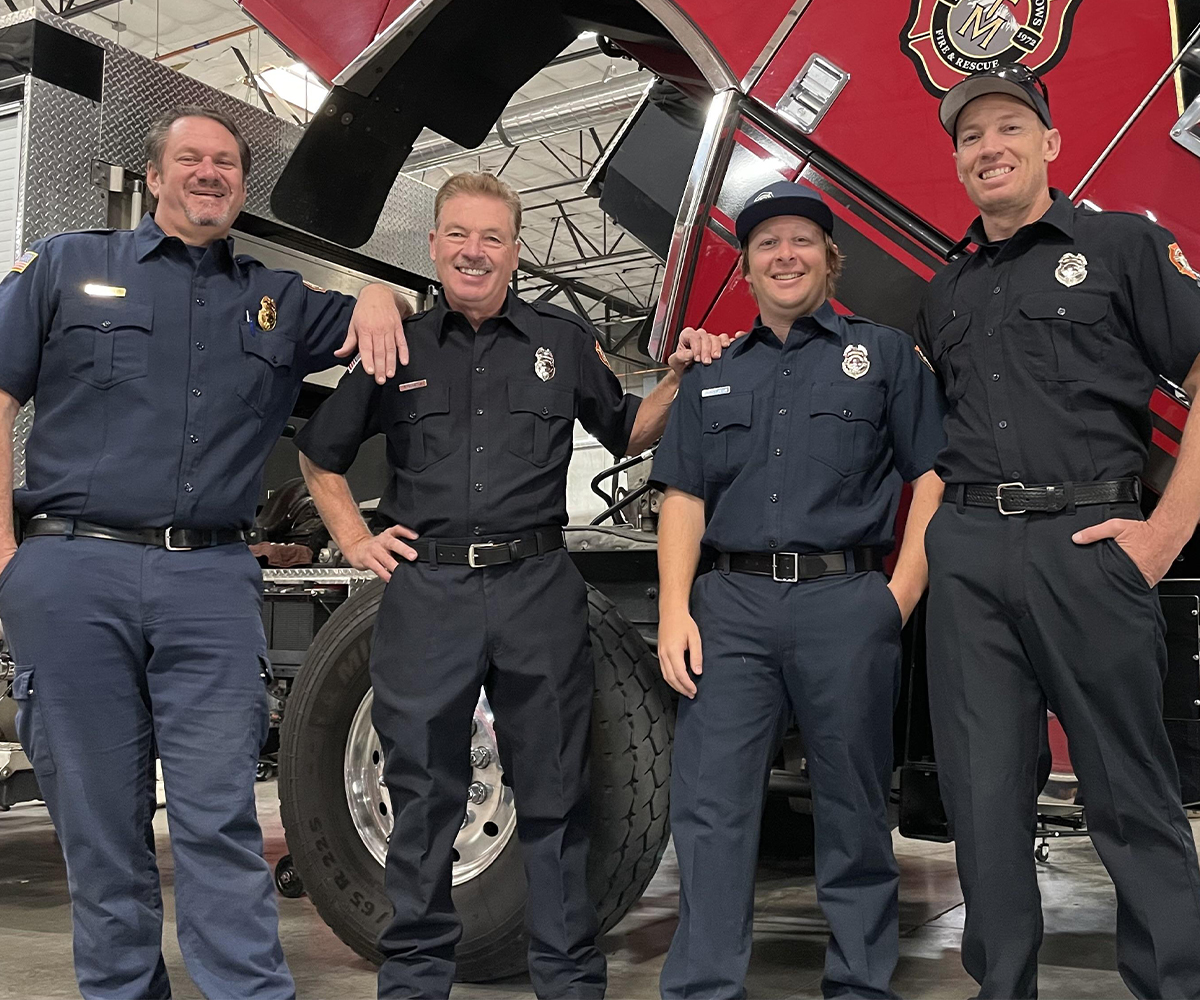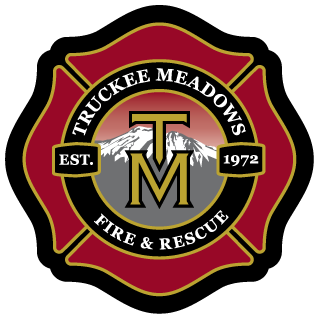Our Mission: “Committed to excellence, service, and the protection of life and property in our community.” |
Contact UsOur Mission: “Committed to excellence, service, and the protection of life and property in our community.”
Our Mission: “Committed to excellence, service, and the protection of life and property in our community.” |
Contact Us
Truckee Meadows Fire & Rescue fleet maintenance is responsible for over 150 pieces of equipment including aerial apparatus, Type 1 engines, Type 3 engines, Type 5 engines, Type 1 ambulances, command vehicles, dozers, boats as well as fuels reduction equipment. It is our pleasure to make every piece of taxpayer funded equipment receive effective preventative maintenance, predictive maintenance, and repair programs to enable our firefighters to safely and efficiently protect the citizens of Washoe County and the Truckee Meadows.
Our fleet team also works closely with all internal departments to design and acquire new apparatus and equipment to ensure our fleet is on the cutting edge of the ever changing world of firefighting/EMS.
With 3 full time Fire Mechanics and 1 Fire Equipment Fleet Manager with decades of combined experience and multiple industry and manufacturer certifications we're able to provide the most quality care possible. And we continue our education and certification of these positions annually to ensure the utmost services. Our Fleet maintenance staff typically work out of a centralized maintenance facility but are ready at a moment’s notice to be on scene for breakdowns, incidents and mobile repairs throughout the Truckee Meadows' vast coverage area.

Outer Shell- its purpose is to protect the wearer from direct flame impingement and contributes to abrasion and cut protection. Different material provide different levels of strength, flexibility and abrasion resistance. It also has reflective material sewn onto it to provide higher visibility in low light conditions.
Moisture Barrier- The primary purpose of the moisture barrier is to protect the firefighter from contact with water and other liquids that they could possibly get exposed to on incidents. The other purpose is to allow perspiration to move away from the wearer, referred to as breathability.
Thermal Liner- The Thermal Liner provides the majority of the thermal protection from ambient and radiant heat in the room. The more thermal barrier there is, the firefighter will feel less heat. The less thermal barrier lining there is they will fell more heat.
